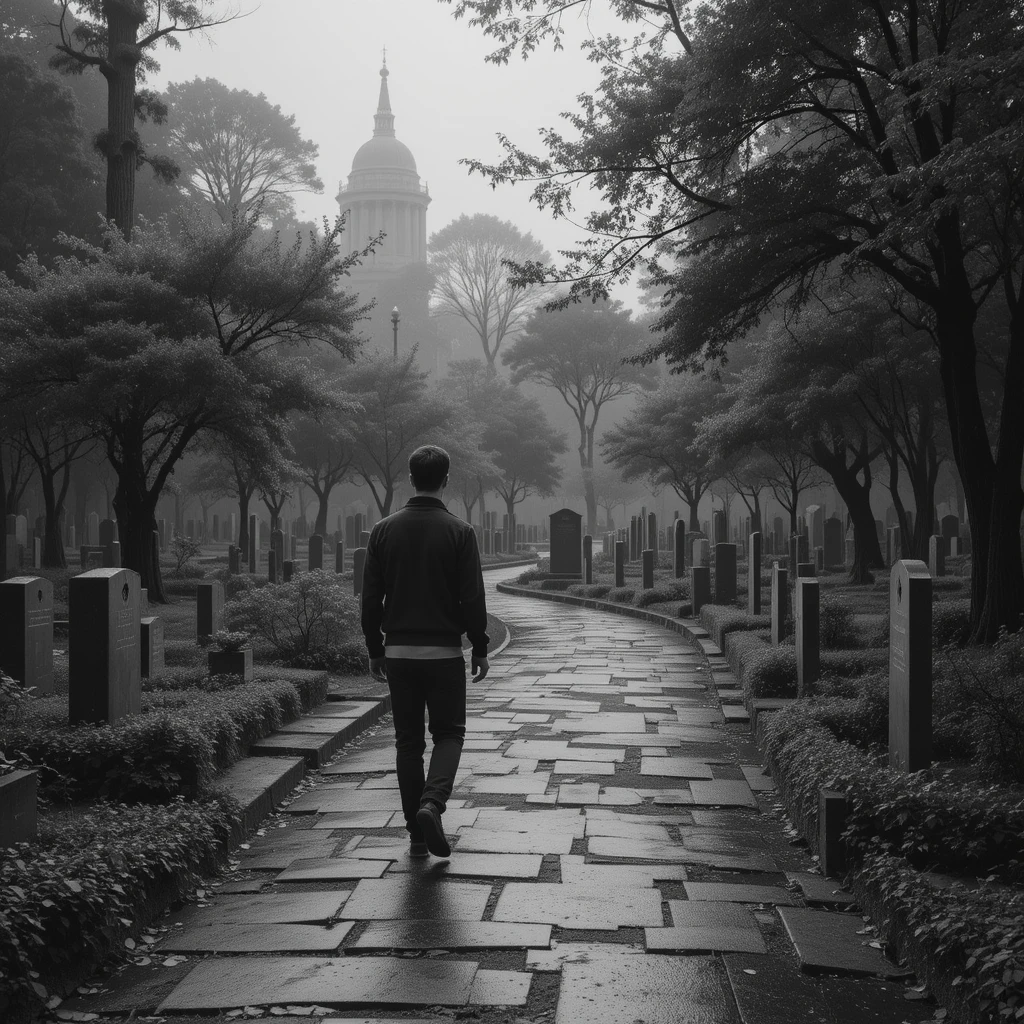
A River of Memory: Exploring the Power of Design in Memorial Parks
The air was heavy with the scent of rain-soaked earth as Will Hunter stepped onto the path that wound along the River of Memory, a memorial park unlike any he had ever encountered. Nestled on the outskirts of a bustling city, this was not a traditional cemetery, with rows of identical tombstones stretching into the distance. Instead, it was a sanctuary of solace, a place where the design itself offered comfort and reflection.
.
Will’s guide, Clara, a landscape architect who had played a key role in the park’s creation, spoke softly. “Grief is a journey, not a destination,” she said, her voice echoing the quiet serenity of the surroundings. “We designed this memorial park to provide a space for reflection, for contemplation, and for the gradual process of healing.”
.
They walked in silence for a moment, the gravel crunching gently beneath their feet. The park was thoughtfully divided into distinct zones, each representing a different stage of the grieving process. The entrance, shrouded by a dense grove of trees, created a sense of intimacy and seclusion, a metaphorical embrace for those entering this sacred space. “This is the ‘pause’,” Clara explained, “a place to gather your thoughts, to step away from the distractions of everyday life, and to begin the process of reflection.”
.
Will thought of the work of Ken Worpole, a renowned cultural geographer who explored the profound impact of cemeteries and memorial spaces on our understanding of death and remembrance. Worpole argued that these spaces should not merely serve as repositories for the dead, but also as places of community, dialogue, and healing.
.
They reached a bridge that spanned the river, its railings engraved with poignant words—fragments of letters, poems, and conversations. “These are the voices of the departed,” Clara said. “We wanted to incorporate their words into the landscape, to remind visitors that grief is a shared experience, a connection to those who have gone before.”
.
The design of the memorial park was subtle yet profound. Open spaces along the riverbank invited gatherings, while secluded alcoves provided moments of solitude for reflection. The use of native plants symbolized renewal, rooting the park in the local ecology while reminding visitors of the cyclical nature of life and death.
.
Will paused at a sculpture—a hollow sphere with intricate cutouts that allowed sunlight to filter through, creating ever-changing patterns on the ground. “The light changes with the day,” Clara explained. “Just as grief evolves over time, so too does the experience of this space.”
.
By the time they reached the exit, marked by a vibrant garden bursting with life, Will felt a sense of peace and tranquility. The memorial park had not just been a place to commemorate the dead; it had become a sanctuary for the living, a space where grief could be acknowledged, processed, and ultimately, transformed.
.
“Landscapes like this,” Will thought, “are more than just places of remembrance. They are powerful tools for healing, offering solace and support to those who grieve and fostering a deeper understanding of life and death.”
Learning Points:
- Understanding the Evolving Role of Memorial Parks: Explore how memorial parks are evolving beyond traditional cemeteries, becoming spaces for contemplation, community, and environmental stewardship.
- The Importance of Design in Memorial Spaces: Understand how thoughtful design elements, such as natural features, contemplative spaces, and meaningful memorials, can contribute to the healing process.
- The Role of Art and Nature in Memorial Parks: Explore how art, nature, and the natural environment can be integrated into memorial park design to create a more meaningful and comforting experience for visitors.
- The Importance of Community Engagement in Memorial Park Design: Understand the importance of involving the community in the design and development of memorial parks to ensure that these spaces truly meet the needs and reflect the values of the community they serve.
- The Future of Memorial Parks: Explore the future of memorial parks and their potential to become more sustainable, inclusive, and meaningful spaces for remembrance and reflection.
Keywords:
- Memorial Park
- Landscape Architecture
- Grief and Mourning
- Healing Gardens
- Commemorative Spaces
- Public Art
- Environmental Psychology
- Community Healing
- Sustainable Design
- Memorial Design
- Urban Planning
This fictional story is set within the dreams of Will Hunter, a character created to explore the intersection of imagination and design. Dive into his dreamscape and discover how storytelling can illuminate real-world lessons in architecture and creativity.
Some of the links on this website may be affiliate links. This means that if you click on the link and make a purchase, we may receive a small commission. We only recommend products and services that we genuinely believe will be beneficial to our readers.



